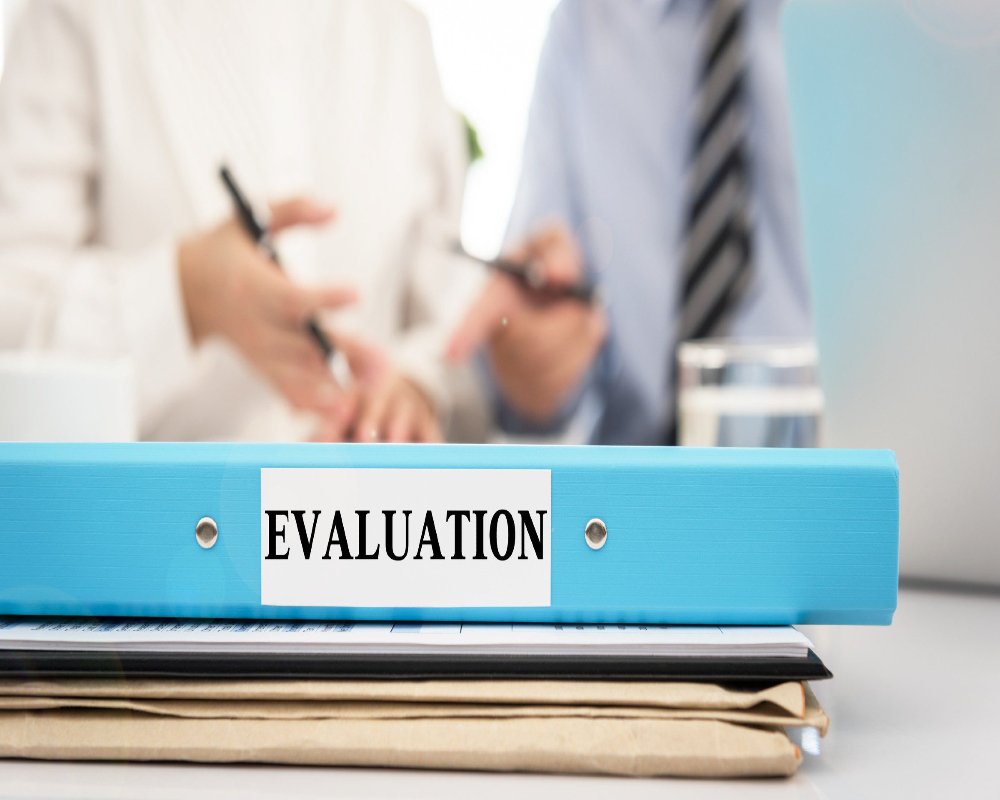Introduction
Evaluating development opportunities is a critical process that guides real estate developers, investors, urban planners, and government bodies in making strategic decisions about where, how, and when to develop land. Whether considering a commercial, residential, industrial, or mixed-use project, assessing the feasibility and potential of a development opportunity requires a structured and analytical approach. The right evaluation criteria provide a framework for identifying risks, projecting returns, and aligning development plans with broader economic, regulatory, and social contexts. Establishing these criteria ensures that development initiatives are not only profitable but also sustainable and viable in the long term.
Location and Accessibility
One of the most fundamental criteria in evaluating development opportunities is the geographical location of the property. A site’s proximity to major roads, highways, transit hubs, and urban centers greatly influences its desirability and utility. Accessibility for both vehicles and pedestrians, visibility from high-traffic areas, and ease of connectivity to essential services such as schools, hospitals, and retail centers all contribute to the site’s potential. The surrounding neighborhood’s socio-economic profile, growth trends, and land use patterns further enhance or limit development attractiveness.
Zoning and Legal Compliance
Before any development can proceed, the site must conform to local zoning regulations and land use designations. Evaluating the current zoning category and understanding the permissible uses, building density, height limits, setbacks, and parking requirements are essential. Legal considerations also include checking the title for encumbrances, easements, liens, or unresolved ownership issues. If rezoning or variances are needed, developers must assess the likelihood of obtaining approvals and the time and resources required to do so.
Market Demand and Demographics
A robust analysis of market demand ensures that the planned development aligns with existing and projected needs in the area. This includes studying population growth, household income levels, employment trends, consumer preferences, and competing developments. Understanding the demand for specific property types—such as office spaces, retail outlets, multifamily housing, or industrial facilities—helps developers target the right audience and maximize occupancy and sales rates. Demographic data also informs design decisions, such as unit sizes, amenities, and pricing strategies.
Infrastructure and Utilities
The availability and quality of supporting infrastructure is a key criterion in evaluating any development opportunity. Developers must verify the existence or proximity of essential services, including water supply, sewage systems, electricity, gas, telecommunications, and stormwater management. Lack of infrastructure may still present opportunities but requires a cost-benefit analysis to determine whether extending services is financially feasible. Public infrastructure such as roads, sidewalks, and public transit options also affect the site’s usability and appeal.
Site Characteristics and Environmental Factors
Physical site characteristics such as size, shape, topography, soil conditions, and drainage capacity directly influence what can be built and at what cost. Environmentally sensitive features such as wetlands, flood zones, steep slopes, and contamination must be carefully considered, as they may limit development potential or require remediation. Environmental impact assessments, geotechnical studies, and compliance with environmental regulations are essential steps in understanding whether the site is suitable for the intended use.
Financial Feasibility
Financial analysis is central to evaluating development opportunities. Developers must project all development costs, including land acquisition, design, permitting, construction, financing, marketing, and post-completion operations. These are then weighed against projected revenues from sales or leases to determine profitability. Key financial metrics include return on investment (ROI), internal rate of return (IRR), net present value (NPV), and payback period. Financial feasibility also considers availability of funding, interest rates, loan terms, and exit strategies.
Permitting and Regulatory Approval Timeline
The complexity and duration of the permitting process can significantly impact the viability of a development project. Jurisdictions with transparent, efficient, and supportive regulatory environments are more attractive for developers. Evaluating whether the local government has favorable policies, streamlined approvals, or incentives for certain types of developments can make the difference between a successful and a stalled project. Political stability and community sentiment are additional factors that influence the permitting landscape.
Risk Assessment and Mitigation
Every development opportunity carries inherent risks, including market volatility, construction delays, budget overruns, legal disputes, and environmental liabilities. A comprehensive risk assessment helps identify these uncertainties and plan for mitigation strategies. Diversifying investment, securing insurance, conducting due diligence, and engaging experienced consultants and contractors are common ways to manage risk.
Alignment with Strategic Goals
Development opportunities must be assessed in the context of broader strategic goals, whether for private investment, public development, or community growth. Projects that align with master plans, urban renewal initiatives, housing policies, or sustainability targets are more likely to gain support from stakeholders and enjoy long-term success. For institutional or governmental developers, alignment with economic development, job creation, or community benefit objectives is particularly important.
Conclusion
Evaluating development opportunities is a multi-faceted process that requires careful consideration of a wide range of criteria. From location and zoning to financial viability and environmental constraints, each element plays a crucial role in determining the success or failure of a project. By applying a structured framework of evaluation, developers and stakeholders can make informed, strategic decisions that maximize value, minimize risk, and contribute to the sustainable growth of urban and rural communities alike. As development environments continue to evolve, the ability to effectively assess land and project readiness remains one of the most valuable skills in the real estate and planning professions.
Hashtags
#DevelopmentOpportunities #EvaluationCriteria #BusinessGrowth #StrategicPlanning #OpportunityAssessment #InvestmentAnalysis #ProjectEvaluation #GrowthStrategy #MarketResearch #DecisionMaking #RiskAssessment #PerformanceMetrics #SustainableDevelopment #InnovationStrategy #OpportunityKnocks #BusinessDevelopment #SuccessFactors #Entrepreneurship #FuturePlanning #ValueCreation


